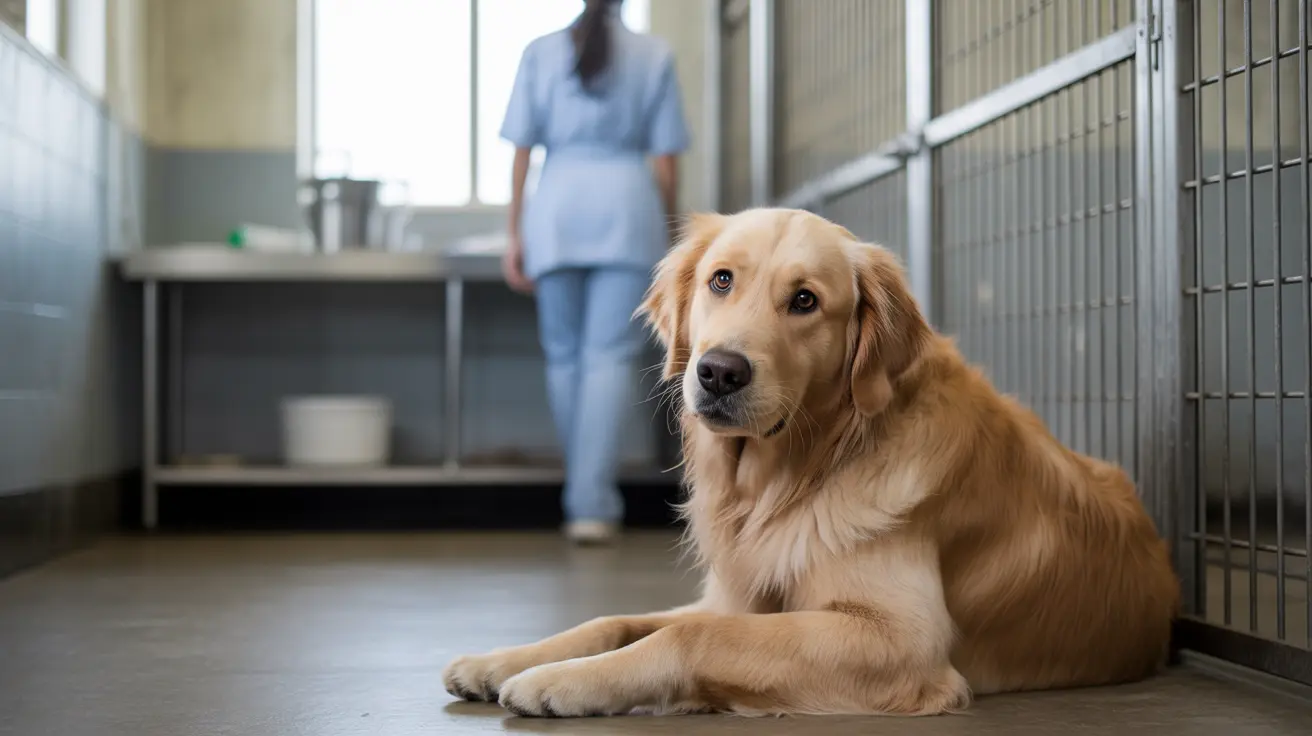What Age Should a Female Dog Be Spayed?
Spaying your female dog is a significant decision that affects her health, behavior, and even longevity. Veterinarians commonly recommend this procedure to prevent unwanted litters, reduce health risks, and mitigate behavioral issues. However, the ideal age for spaying depends on several factors including size, breed, and general health of your dog.
What Is Spaying?
Spaying, medically known as an ovariohysterectomy, involves the surgical removal of a female dog’s ovaries, uterus, and fallopian tubes. This prevents pregnancy and eliminates heat cycles. Some variations of the procedure include removing only the ovaries (ovariectomy) or just the uterus (hysterectomy), though complete spays are most common. Unlike neutering male dogs, which is less invasive, spaying is more complex but still regarded as highly safe and routine, especially in younger dogs.
What Is the Recommended Age for Spaying?
The age to spay a female dog varies primarily based on size and breed:
- Small-breed dogs (under 45 pounds adult weight): Typically spayed before the first heat cycle, around 5–6 months of age.
- Large-breed dogs: It's advisable to wait until they are fully grown — up to 12–15 months — to reduce orthopedic and joint health risks.
This age-based approach balances potential long-term health concerns, as early spaying in large breeds has been linked to certain orthopedic injuries and some types of cancer.
Health Benefits of Spaying
Spaying is not only about preventing reproduction but also about contributing to a longer, healthier life for your pet. The benefits include:
- Elimination of pyometra, a life-threatening uterine infection
- Reduction of breast cancer risk if spayed before the first or second heat
- Elimination of ovarian and uterine cancer risks
- Improved behavior due to the end of hormonal heat cycles
- Contribution to controlling pet overpopulation
Potential Risks and Considerations
Though safe for most dogs, spaying carries some potential drawbacks:
- Surgical risks: Complications like anesthesia sensitivity, bleeding, or infection (rare but possible)
- Weight gain: Spayed dogs may gain weight more easily, requiring diet/exercise adjustments
- Urinary incontinence: Seen occasionally in spayed females; manageable with treatment
- Orthopedic and cancer risks: Some large breeds are more likely to develop joint injuries or specific cancers if spayed too early
Comparing Costs of Spaying
The cost of spaying varies significantly depending on the dog and the clinic:
- Private vet clinics: $400–$700 or more
- Low-cost clinics: Typically $100–$300
- Humane societies/shelters: Often under $150, with options for vouchers or assistance programs
- Nonprofit clinics: Can provide surgery for as little as $105, especially with income documentation
These prices may include or exclude additional services such as pre-op exams, bloodwork, IV fluids, medication, Elizabethan collars, and post-op care. Large dogs or dogs with certain conditions (in heat, pregnant, specific breeds) may incur extra charges ranging from $25–$150.
What to Expect Post-Surgery
After spaying, most dogs go home the same day. Full recovery typically takes 10–14 days. During this period:
- Limit physical activity: No running, bathing, or jumping
- Monitor the incision site: Watch against swelling, discharge, or redness
- Use an Elizabethan collar: Prevents licking or chewing of stitches
- Administer prescribed meds: For pain and infection prevention
Following your vet's post-operative instructions ensures a smooth and quick recovery.
Pet Insurance and Spay Costs
Standard pet insurance rarely covers elective procedures like spaying. However, some wellness or preventive care packages offer partial reimbursement—typically $100–$150 per procedure.
How to Reduce Spay Costs
Pet owners seeking affordable spay options can consider:
- Low-cost or nonprofit clinics
- Shelter adoption (litters often spayed prior to placement)
- Voucher or income-based assistance programs
- Bundled wellness plans that spread costs over time
Many shelters also include vaccines like rabies in their spay package if documentation isn’t provided at the time of surgery.
Conclusion
Spaying offers many long-term advantages for female dogs, though timing is key to optimizing health results—especially for large breeds. Most pet owners of small dogs benefit from spaying around 5–6 months of age, while a personalized evaluation for larger breeds can lead to the healthiest outcome. Consult your veterinarian to determine the most appropriate timing given your pet’s unique factors.





